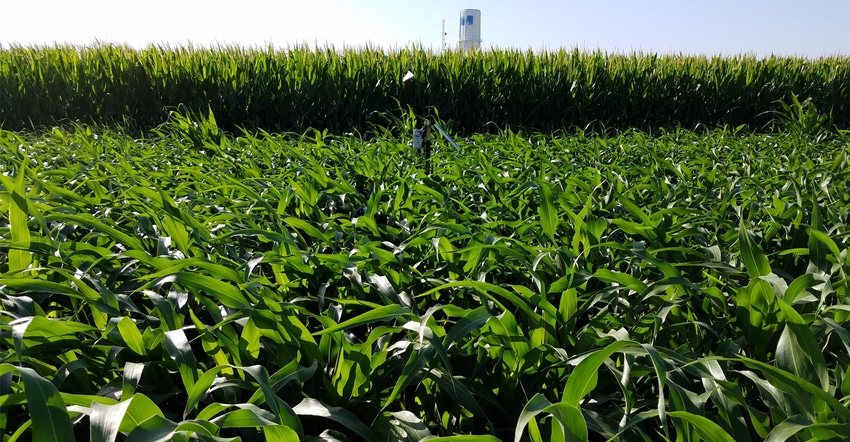January 4, 2019

It sounds like the setup to a bad joke, but this year, Nebraska Farmer field editor Curt Arens and I tried our hand at growing a quarter acre of grain sorghum as part of the Testing Ag Performance Solutions (TAPS) farm management competition.
It probably doesn't come as much of a surprise that we didn't place. (Good thing they don't announce who places last, right?) But for both Curt and I — not to mention the other nonfarmers who competed — it still was a learning experience.
What was one of the biggest takeaways this year? Those who won the biggest awards in the competition, for marketing corn or sorghum, didn't necessarily have the highest yields or the most efficient use of inputs. However, as Nebraska Extension agricultural economist Matt Stockton pointed out, they did make some excellent marketing decisions.
The lesson we learned was to know your breakeven and sell when you know you're making a profit, rather than waiting for the price to rise. Unlike some in the sorghum competition, we didn't take advantage of the increase in local cash prices for October-November delivery in May — when prices reached upward of $3.60 per bushel.
We did forward-contract some of our bushels when prices rebounded later in summer, but still lost our chance to take advantage of that big increase in the market before prices dropped — thanks in no small part to trade spats with China.
What also was telling was the grower who had the highest profitability in the sorghum competition didn't hit that market high either. What he did, however, was use the tools he had available to him to cut out the cost of delivery.
As one farmer put it to me several years back, you must take advantage of what's available to you. Sometimes you can win by competing in a way that you know you can't lose. In this case, the most profitable grower, Brian Ballou from Wilsonville in southwest Nebraska, used tools such as FOB (freight on board) Farm Basis through the Farmers Business Network.
In the corn competition, the most profitable farm used a similar strategy. However, this team was made up of nonfarmers — employees with the Nebraska Department of Environmental Quality. What gave them an edge, NDEQ wellhead protection program coordinator Samantha Radford said, was learning from experts to make different decisions, including Roric Paulman, a Sutherland, Neb., grower who won the most profitable award in last year's corn competition.
The big takeaways for her team, Radford said, is the important role profitability plays in driving new management practices, and what looks good on paper doesn't always work for everyone at the farm level — something most nonfarmer teams, ours included, saw firsthand this year.
"The truth of the matter is, you have to be a balanced producer to be the best," Stockton said. "It was a balanced production that won because the team that won didn't have great yields. They had OK yields. They had good yields, and they had good cost control — not great cost control, but good cost control and good efficiency — not the best. But they had really good marketing."
You May Also Like




